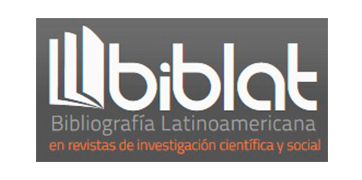Being, having, and reading: are these key elements in shaping the vernacular reading practices of middle-high school students?
DOI:
https://doi.org/10.32870/dse.vi23.964Abstract
From the New Literacy Studies perspective and with a qualitative approach, this pilot study aims to explore reading identity, reading capital, and vernacular reading practices of a middle school student, as well as to determine the relevance of techniques, instruments, and the data analysis strategy used for that purpose. In the first stage of the study, classroom observations were made to identify an informer; in the second, semi-structured interviews were carried out with the student, the student’s mother and one of their teachers. The student was also asked to fill out a format to record his readings before each interview. The results showed that the informer’s reading practices were a response to his interests and needs and were intricately linked to the elements of his reading identity and the different manifestations of his reading capital. We concluded that the written format for reading was useless for its purpose, while observations, semi-structured interviews and data analysis strategy proved to be relevant tools for the construction of qualitative data in the study of adolescents’ reading practices.
Downloads
Downloads
Published
Issue
Section
License
Once a manuscript is accepted for publication in the journal, its author(s) must sign a letter transferring the editorial rights to the University of Guadalajara for the editing, publication and dissemination of the paper. After being notified of its publication, the author(s) will be sent a letter of transfer of rights which must be signed and sent back to the journal’s editor.














